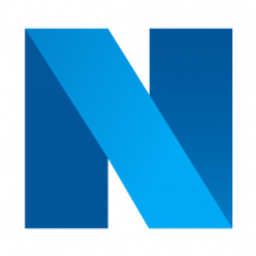Initialize App
After we have our app layout now we need to mount Svelte components and initialize the app. You can read about all possible Framework7 initialization parameters in appropriate Framework7 App Parameters section.
Assuming you use Webpack, Rollup or another bundler with ES-next modules support, we may have the following structure:
<!-- index.html -->
<!DOCTYPE html>
<html>
<head>
<!-- ... metas and styles ... -->
<link rel="stylesheet" href="path/to/framework7-bundle.min.css">
</head>
<body>
<!-- App Root Element -->
<div id="app"></div>
<!-- Scripts will be auto injected -->
</body>
</html>// app.js
// Import F7 Bundle
import Framework7 from 'framework7/lite-bundle';
// Import F7-Svelte Plugin
import Framework7Svelte from 'framework7-svelte';
// Init F7-Svelte Plugin
Framework7.use(Framework7Svelte);
// Import Main App component
import App from './App.svelte';
// Mount Svelte App
const app = new App({
target: document.getElementById('app'),
});Your root App.svelte component will typically have a top-level Framework7App component. This component is used to configure your app:
<!-- App.svelte -->
<!-- Main Framework7 App component where we pass Framework7 params -->
<App {...f7params}>
<!-- initial page is specified in routes.js -->
<View main url="/" />
</App>
<script>
import { App, View, Page, Navbar, Toolbar, Link } from 'framework7-svelte';
import routes from './routes.js';
const f7params = {
// Array with app routes
routes,
// App Name
name: 'My App',
// App id
id: 'com.myapp.test',
// ...
};
</script>In the examples above:
- we pass Framework7 parameters to the
Appmain Framework7 app component in itsparamsproperty; - root element used as App target (
document.getElementById('app')) will be used as Framework7 root element
We also must specify array with routes (if we have navigation between pages in the app). Check out information about Svelte Component Extensions, router and routes in the Navigation Router section.




